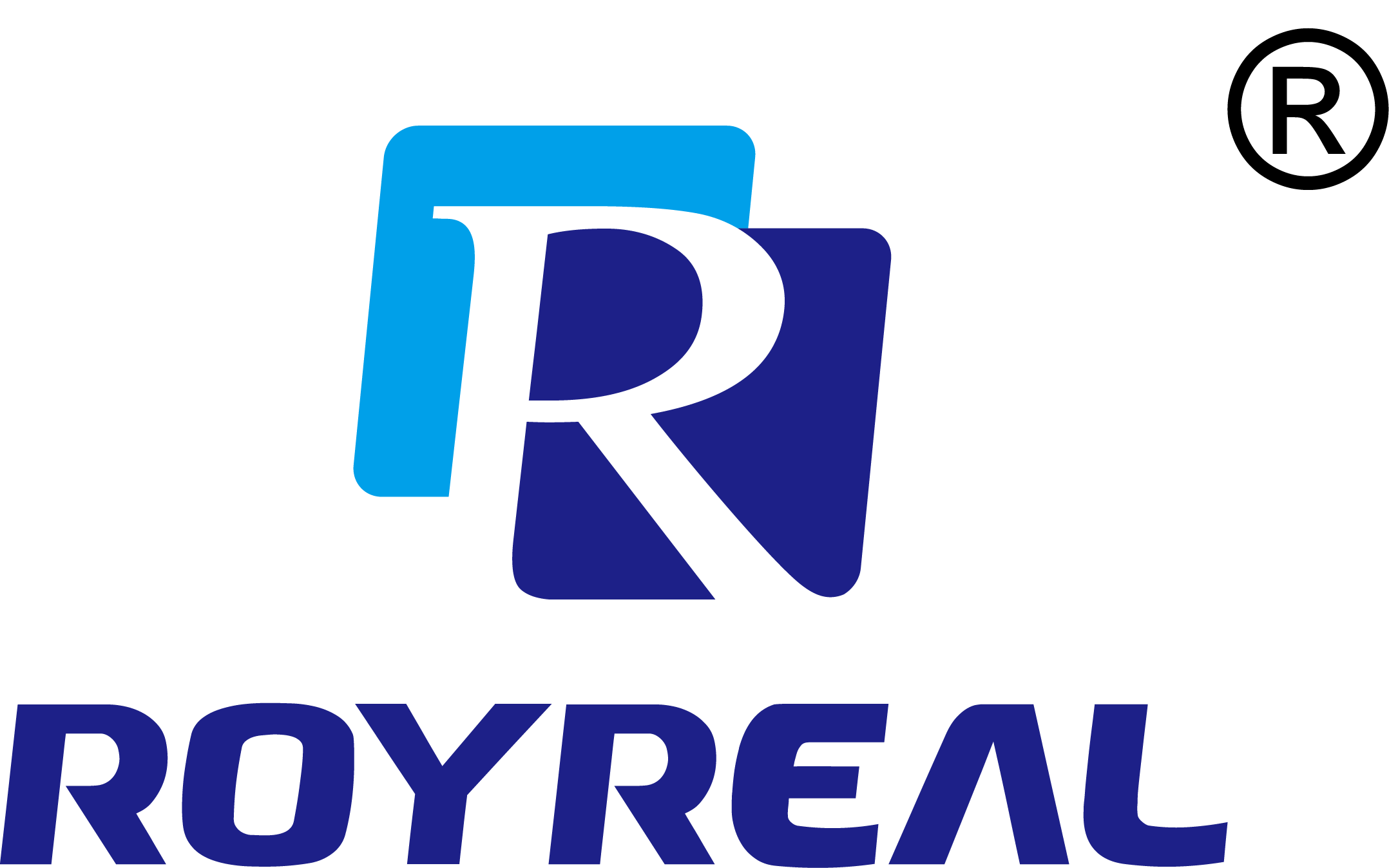Enhancing Accuracy in Laboratory Table Furniture for Gas Meter Testing
Category: Industry News
Time:2024-12-09
Enhancing Accuracy in Laboratory Table Furniture for Gas Meter Testing
Introduction: The Importance of Precision in Gas Meter Testing
In the realm of laboratory testing, precision is paramount, especially when it comes to gas meter testing. As the demand for accurate measurements increases, so does the necessity for specialized laboratory furniture designed to enhance testing procedures. **Laboratory table furniture** plays a crucial role in ensuring that tests yield reliable results. This article delves into how optimizing laboratory table furniture can improve the accuracy of gas meter testing, offering insights into design features, material choices, and operational practices.
Understanding Gas Meter Testing: A Brief Overview
Gas meter testing involves the evaluation of gas meters to ensure their accuracy in measuring gas consumption. This process is vital for industries that rely on precise gas measurements, including utilities, manufacturing, and research facilities. The accuracy of these measurements can be influenced by various factors, including the testing environment, the equipment used, and the furniture on which it is conducted.
Key Components of Gas Meter Testing
To fully appreciate the role of laboratory furniture, it is essential to understand the components involved in gas meter testing:
1. **Gas Meter**: The primary device being tested, which measures the volume of gas consumed.
2. **Calibration Equipment**: Tools used to ensure the meter is functioning correctly and accurately.
3. **Data Collection Systems**: Software and hardware used to record and analyze measurement data.
Features of Laboratory Tables for Enhanced Accuracy
When considering laboratory table furniture for gas meter testing, several features should be prioritized to ensure optimal performance.
Stability and Vibration Isolation
One of the most critical aspects of laboratory furniture is **stability**. A stable laboratory table minimizes vibrations that can interfere with accurate measurements. Tables designed with vibration isolation features, such as rubber feet or embedded dampers, can significantly enhance measurement accuracy.
Adjustable Height Options
Flexible height adjustment options are essential for accommodating various testing setups. **Ergonomic design** allows technicians to conduct tests comfortably, reducing the risk of human error due to awkward positioning and fatigue. Adjustable tables also enable precise alignment of gas meters with calibration equipment.
Material Durability and Chemical Resistance
The materials used in laboratory table furniture must withstand the rigors of a laboratory environment. **Durable and chemical-resistant surfaces** protect against spills and wear, ensuring that the table remains functional and reliable over the long term. Consider materials such as stainless steel, phenolic resin, or epoxy-coated surfaces.
Integrated Storage Solutions
Effective organization is crucial in a laboratory setting. Tables that incorporate **integrated storage solutions** such as drawers, shelves, and racks can help keep essential tools and calibration equipment within reach, reducing downtime and increasing efficiency during testing.
Design Considerations for Laboratory Tables
In addition to functional features, the design of laboratory tables should promote an environment conducive to accurate gas meter testing.
Ergonomic Layout
An ergonomic layout that facilitates easy access to equipment can improve workflow and reduce the likelihood of errors. Tables should be designed to ensure that all components of the testing process are within arm's reach, promoting efficiency and comfort for the technician.
Modular Design Elements
Modular tables allow for customization based on specific laboratory needs. The ability to add or remove components as required can enhance the versatility of the testing area, making it easier to adapt to various gas meter testing scenarios.
Compatibility with Testing Equipment
Laboratory tables should be compatible with the specific testing equipment used in gas meter testing. This includes ensuring that the dimensions and load capacities of the tables align with the requirements of the gas meters and calibration tools.
Best Practices for Utilizing Laboratory Tables in Gas Meter Testing
To maximize the effectiveness of laboratory table furniture in gas meter testing, certain best practices should be followed.
Regular Maintenance and Calibration
Routine maintenance of both the laboratory tables and the gas meters is essential. Regular checks should be conducted to ensure that tables remain level and stable. Calibration of gas meters should also be performed at scheduled intervals to maintain accuracy.
Training Personnel on Equipment Use
Proper training for laboratory personnel on the use of equipment and furniture is vital. Ensuring that staff understand the importance of stable surfaces, ergonomic practices, and organizational strategies can significantly impact testing accuracy.
Implementing a Quality Control System
Establishing a quality control system helps to identify and rectify any issues that may arise during testing. Regular audits of the laboratory environment, including furniture and equipment, can help maintain high standards of accuracy.
Conclusion: Elevating Testing Accuracy with Specialized Furniture
Optimizing laboratory table furniture for gas meter testing is a critical step in achieving precise measurement results. By focusing on stability, adjustable features, material durability, and ergonomic design, laboratories can enhance their testing processes and improve overall accuracy. As the demand for reliable gas measurements continues to grow, investing in specialized laboratory furniture will undoubtedly pay dividends in the long term.
FAQs about Laboratory Table Furniture for Gas Meter Testing
1. How does laboratory table stability affect gas meter testing accuracy?
Stability minimizes vibrations and movement during testing, which is crucial for obtaining accurate measurements.
2. What materials are best for laboratory tables in a gas testing environment?
Durable materials such as stainless steel or phenolic resin are recommended for their chemical resistance and longevity.
3. Can adjustable laboratory tables improve workflow during testing?
Yes, adjustable tables allow technicians to work comfortably and efficiently by accommodating various testing setups.
4. What are the essential features to look for in laboratory tables for gas meter testing?
Key features include stability, vibration isolation, adjustable height, durable materials, and integrated storage solutions.
5. How often should maintenance be conducted on laboratory tables and gas meters?
Regular maintenance and calibration checks should be performed based on the laboratory's operational frequency, typically quarterly or bi-annually.
This comprehensive guide provides a detailed exploration of how laboratory table furniture can enhance accuracy in gas meter testing, ensuring laboratories achieve reliable and precise measurements.
Keywords:
 EN
EN RU
RU SP
SP
